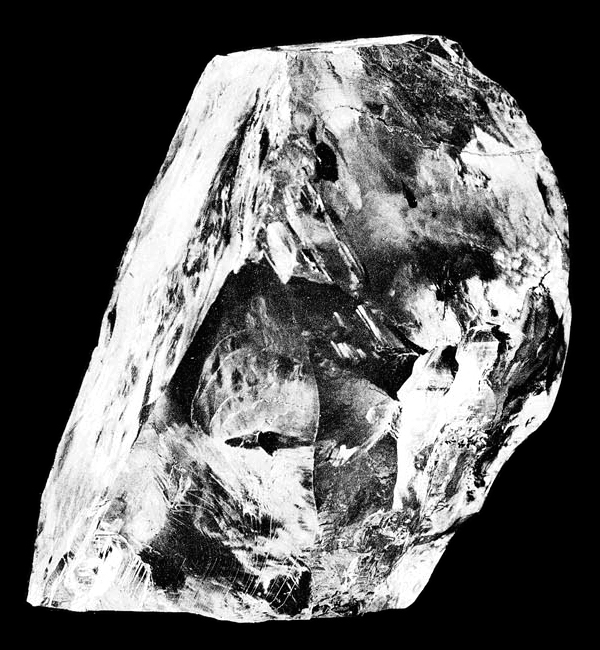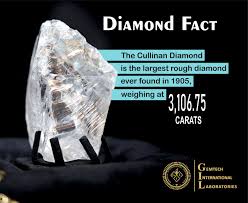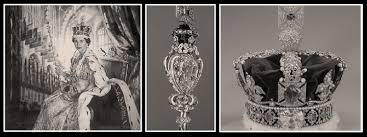Cullinan Diamond
etBri Team

Unearthing the Cullinan Diamond is yet a sizeable conquest in the history of diamond excavation, and it has engendered its spot as one of the most acclaimed gems in the world for its enormity and superiority. The Transvaal government purchased the diamond after locating it in South Africa's Premier Mine in 1905 and endowed it to King Edward VII of the United Kingdom as a mark of fidelity and benevolence.

Named after the mine owner, Thomas Cullinan, it was the grandest gem-quality diamond ever found, weighing 3,106 carats when it was at its roughest. Accomplished artists had to research the diamond closely and come up with innovative ways to work with this prized stone so that it could be whirled into many beautiful gems. The Cullinan Diamond was crafted into a pear-shaped gem called the Great Star of Africa, or Cullinan I. It is about 530 carats and is fixed in the head of the Sovereign's Sceptre with a Cross, which is part of the British Crown Jewels.

This alliance with the British nobility has contributed to maintaining its stardom for many eras. Due to its magnitude and elegance, the Cullinan Diamond attained heights that were never witnessed before in the domain of gems. There is significantly more to the Cullinan Diamond's eminence than just its beauty and consanguinity. It has become a momentous portion of culture and expertise. Composers and cineastes have exercised their narratives to create art and movies that will endure forever. The anecdote of whence the Cullinan Diamond scoped from the depths of the ocean to the pinnacle of popularity depicts how massive, beautiful, and historically pivotal it is.